5 cars that took off after the market began to slow
Coffee, cream cheese, condos, and collector cars all got pricier at the beginning of this strange decade, but they didn’t all follow the same path to get there. (At least for the cars.) Though casual observation would suggest everything from Volkswagen GTIs to Ferrari F40s have skyrocketed only to settle slightly as inflation and the classic car market have begun to slow down, several cars in the Hagerty Price Guide have plotted a different trajectory.
We have reported on the frenzy of 2021–22 as well as the relative calm in more recent months. Prices for some cars, however, sat out the nearly universal appreciation only to gain steam after the peak of the pandemic boom. Some appear to be cases of the substitution effect, where appreciation for one car pulls up the values of a lesser model a few months later. Others are cases of a car being rare enough and sales seldom enough that they just didn’t pop up during the boom period. Either way, here are the late-to-the-party cars that experienced the most significant growth in value.
1952–56 Hudson Wasp
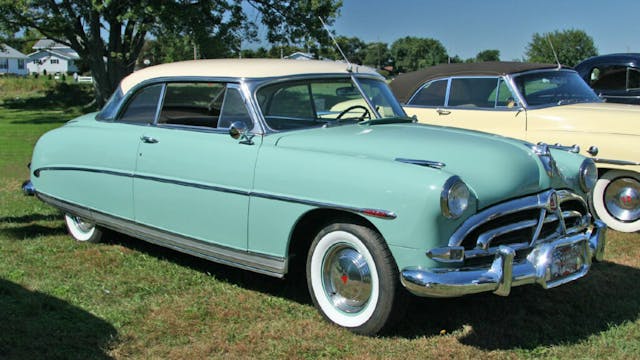
Generally, prices of postwar domestic cars have been sleepy relative to the rest of the market, and Hagerty’s index of 1950s American cars recorded the largest drop of any group we regularly report on this past quarter. The future for this segment of cars is uncertain, as younger enthusiasts haven’t warmed up to them and the potential exists for long-defunct brands like Packard, Studebaker, and Hudson to slowly fade from memory.
This year, however, Hudson’s 1952–56 Wasp experienced a price surge across most conditions and body styles, which include Convertible Brougham, Hollywood Hardtop, Sedan, and Club Coupe.
Does this mean that Hudsons and mid-’50s oddballs are the next thing? Hardly. A few sizable sales were just a bit late to the party, and it’s important to remember that although Wasps are up 25 percent from the beginning of 2022 to today, in pure dollar terms the increases weren’t huge and these are still inexpensive cars. The median #2 value for hardtop Wasps is under $20K.
1971–72 Ferrari 365 GTC/4
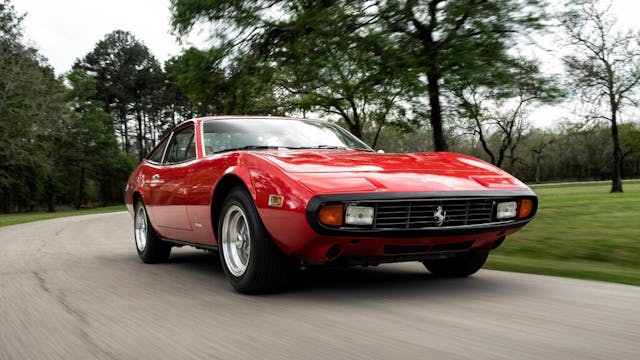
In Ferrari math, 2 + 2 = less money, and a four-seater model has long been the most affordable way to get a Prancing Horse on your keyring. Typically, the 2+2 cars are heftier, less overtly sporting, less attractive, and have less raucous engines than their closest two-seat counterparts.
Such is the case with the 365 GTC/4, which shares a similar chassis, engine, and body to the 365 GTB/4, a two-seater known to most enthusiasts simply as the Daytona. Typically, Daytonas have been worth well over twice as much money as GTCs, and today their condition #2 (“Excellent”) values sit at $665,000 and $295,000, respectively. Like most Enzo-era cars, both of these front-engined Ferraris saw a surge in price during the mid-2010s, followed by a drop during the slow market at the end of the decade, and finally a significant recovery upward during the pandemic frenzy. The GTC/4, however, just lagged behind its more desirable and higher-profile cousin by a few months and had less dramatic swings.
1969 American Motors SC/Rambler
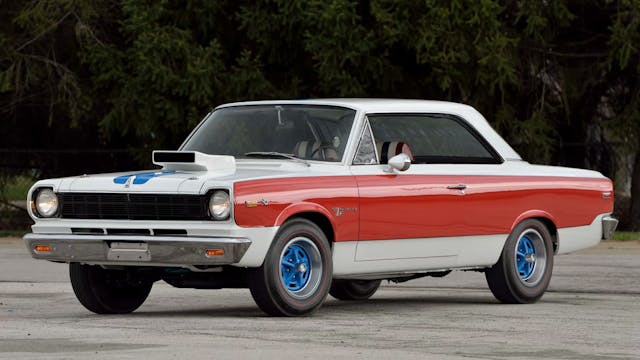
There are a few reasons why the SC/Rambler is so cool, but the main one is that it’s the concept of a muscle car distilled to its purest form. It had the biggest AMC V-8 available smushed into the smallest and lightest body. Its sparse list of equipment kept both weight and price down, to the point that it was the only car you could buy for under three grand that came with over 300 hp and a 14-second quarter-mile time. The looks are delightfully campy: a red, white, and blue look-at-me-mobile with decals that say “AIR” with a massive arrow pointing into a mailbox-sized hood scoop.
And yet despite everything the SC/Rambler has going for it, the market for them remained remarkably quiet until well into 2022. Maybe it was the relative obscurity of the long-defunct AMC brand or the low production numbers relative to the well-known muscle from the Big Three, but either way, SC/Rambler prices did almost nothing from 2014 until the first half of 2022.
1990–94 Mitsubishi Eclipse
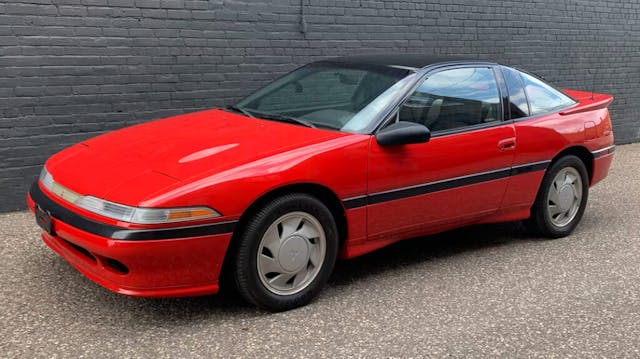
The first-generation Eclipse and the mechanically identical Eagle Talon and Plymouth Laser (all built at Chrysler/Mitsubishi’s Diamond Star Motors factory in Illinois) are three of the more recent additions to the Hagerty Price Guide. We only track the values of classic and modern collector cars, and until the last few years, these badge-engineered hatchback coupes were neither of those things.
But with interest in Japanese performance cars of the 1980s and 1990s growing by leaps and bounds during the late 2010s and early 2020s, it makes sense that people would start looking to more affordable choices like early Eclipses. Available with all-wheel drive, a 16-valve turbocharged engine, and a five-speed manual, it was a quick car in its day. It was cheap and tunable, too, which can be a deadly combination when it comes to longevity. Clean examples are hard to come by. Although condition #2 values were mostly flat until late last year, they’re up nearly 50 percent since then to a median of $19,900.
1952–55 Bentley R-Type Continental
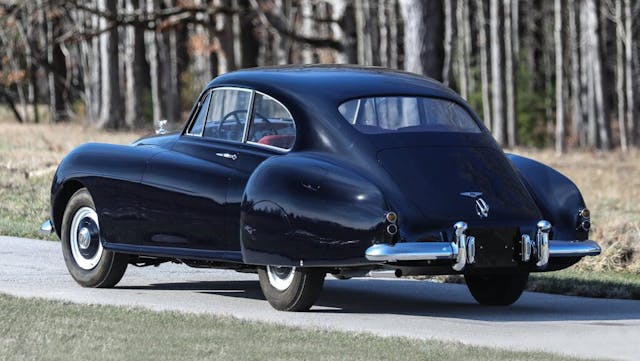
Aside from having the best butt in the business, the Bentley R-Type Continental was the world’s fastest four-seater in its day, offering 120 mph while not losing any of the hand-built leather-and-wood English luxury that buyers expected from a Bentley. The Autocar called it “a modern magic carpet which annihilates great distances and delivers the occupants well-nigh as fresh as when they started.” Just 207 sold, most of them in right-hand drive for the home market.
The combination of the beauty, sophistication, and comfort of a Rolls-Royce/Bentley with the performance of a high-speed gran turismo has kept R-Type Continentals near the top of the postwar Rolls Royce/Bentley market for a very long time. The best examples became seven-figure cars a decade ago, but more recently prices were rather quiet from the late 2010s until 2022. In Amelia Island that year, a 1954 model with the desirable configuration of larger 4.9-liter engine, center-shift gearbox, and left-hand drive sold for $2.975M at Gooding’s auction, blowing past its estimate and the price guide values of the time. With cars this rare, a single sale can move the market significantly.
***
Check out the Hagerty Media homepage so you don’t miss a single story, or better yet, bookmark it. To get our best stories delivered right to your inbox, subscribe to our newsletters.
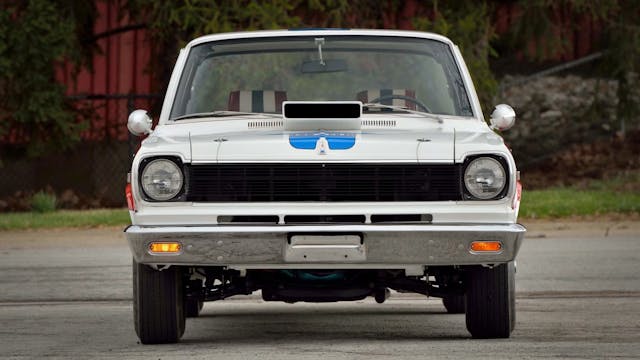


Reading these Hagerty emails/blogs is mostly enjoyable and I thank the authors for devoting the time to entertain us. Having built and owned hot rods and collector cars for well over fifty years now, I have one comment, and then I’ll leave you all alone. I realize that Hagerty is an insurance company and by default deals in dollars and decimal points in viewing specialty vehicles. But, good grief! How about seeking out a car just for the sheer joy of driving? Why not drop the actuary’s lens? Are these venerable road machines now reduced to mere commodities?! I don’t care if my old car is now worth three times what I have in it and couldn’t care less about any swings in value. I just wanna cruise!
(Thanks for letting me vent – I feel better now! LOL)
I get what you are saying and I feel your point. I buy cheaper cars that are fun to drive on the track and range from a 13B rotary swapped Spitfire to a vintage stock car to an Exocet to a Panoz GTS-WC. A friend pointed out I could sell my cars and buy a 911 GT3RS and, despite the undeniable awesomeness of that car on a track, my first thought was “Sure, but I don’t want one”. I think that every car I have seen Hagerty feature is possessed of the sheer joy of driving. With that assumption, Hagerty does what they do best and that is financial analysis. The tiger can’t change it’s stripes, but tigers are pretty awesome for what they are, right? 🙂
100% agreed! My random thoughts are mostly generated because my cars have always been budget-built and worked on in my own garage. (I figure I can screw up the job two or three times for what I’d have to pay someone else to screw it up once!! LOL) I’d never be able to afford most of the cars that are spotlighted anyway. But it’s still car stuff – interesting and discussion-worthy. That’s a fun subject for me no matter what the angle. I just won’t let the speculative interest outweigh the fun of driving.
And yeah, tigers are pretty awesome. 😀
Terry’s response pulls me in to this conversation. I have loved AMCs since 1968 when the AMX was introduced. I never found the right car at the right time so never owned one. AMC Spirits, on the other hand, seem to find me. Yes, they were inexpensive economy cars. I bought my first 1983 in 1990 with 55,000 miles and spent months disassembling, repairing, and adding options I wanted. Once back on the road, I found it to be simple to maintain, fun to drive, and different from everything else at the traffic light. Pure joy. But maybe too rare (valuable?) to drive in traffic now?
The Bentley definitely wins, but were they ever affordable. I must have been out that day.
The Bentley definitely wins, but were they ever affordable? must have been out that day.